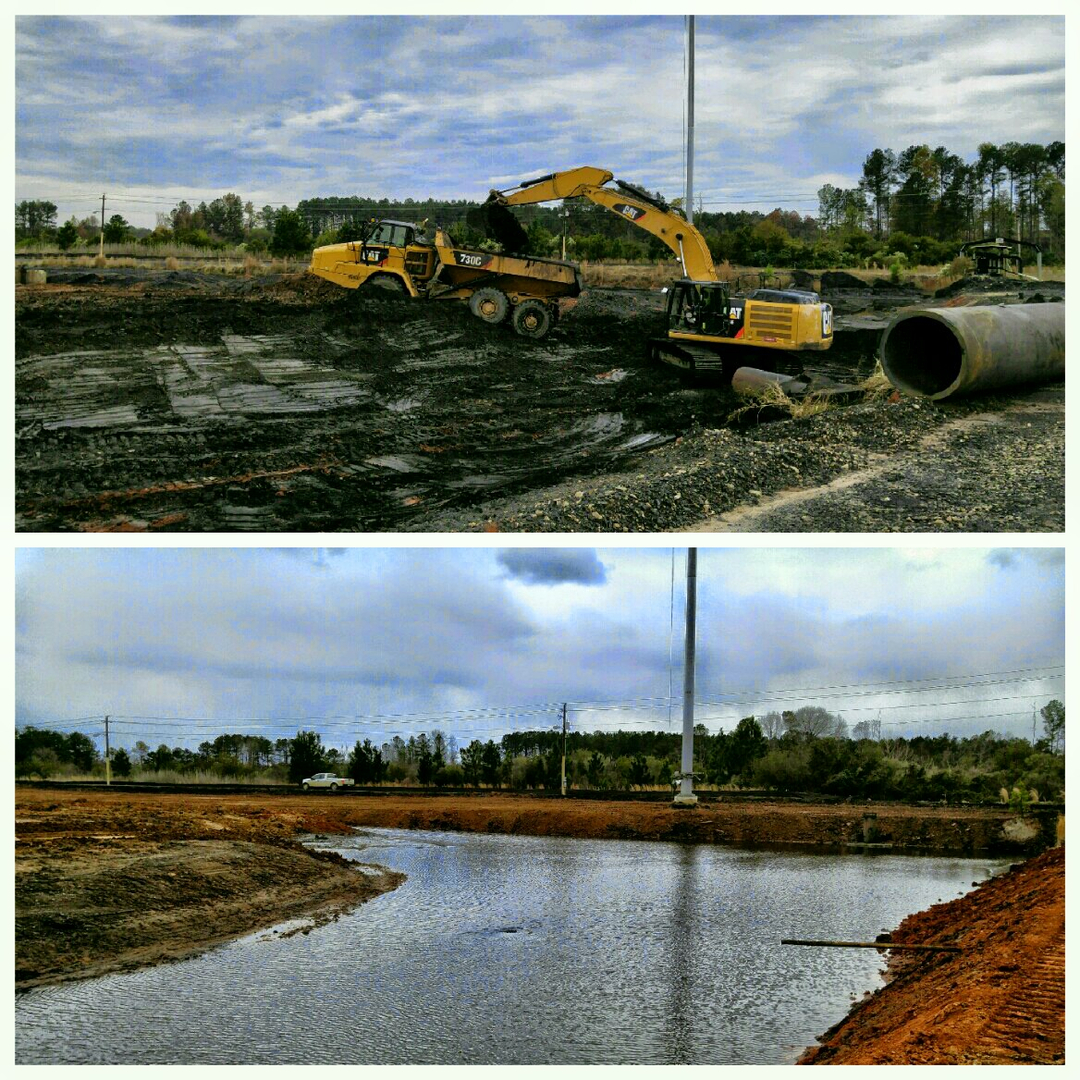
Coal Ash Management
 When it comes to coal ash management, RPM Solutions delivers superior coal process solutions for our clients, big or small, regardless of the location. We differentiate ourselves through our advanced skills and preparation. RPM Solutions’ commitment to detail is the most important component of our success. Our team has proven experience working with various regulators and power and utility clients to successfully address state and federal regulatory issues.
When it comes to coal ash management, RPM Solutions delivers superior coal process solutions for our clients, big or small, regardless of the location. We differentiate ourselves through our advanced skills and preparation. RPM Solutions’ commitment to detail is the most important component of our success. Our team has proven experience working with various regulators and power and utility clients to successfully address state and federal regulatory issues.
When coal is burned to produce electricity, it generates several byproducts. Coal combustion residuals (CCRs) are generally referred to as coal ash. Depending on the type of coal, the amount of ash that remains is generally about 10 percent. Coal ash is mainly made up of rocks, minerals and other non-combustible, natural materials mixed in with the coal when it is mined from earth. Coal ash is a non-hazardous substance, as ruled by the Environmental Protection Agency (EPA). Fly ash, bottom ash and slag are all common terms that describe different types of coal ash:
- Fly ash | is a coal combustion product composed of fine particles that are driven out of the boiler with the flue gases. In the United States, fly ash is generally stored at coal power plants or placed in landfills.
- Bottom ash | is primarily comprised of fused coarser ash particles. Frequently, these particles are quite porous and look like volcanic lava. Bottom ash can be used as lightweight aggregate, an important component in making concrete blocks.
- Slag | is a black, glass matrix alumina-silicate which is produced when wet bottom boiler power plants burn pulverized coal. It can be used to produce a variety of beneficial products. It has the optimal hardness, density and particle shape to provide for an exceptional silica free blasting abrasive, roofing granule and sealcoating surface material.
Our current practice at RPM Solutions is to recycle coal ash whenever possible for beneficial reuse, such as in concrete products, roadbed material, soil stabilization and engineered fill material. Other uses include manufactured aggregate, grouts and grit for roofing shingles. Some ash can be recycled for use in power plant air emission-control equipment. When coal ash cannot be reused, RPM’s practice is to permanently dispose of ash in regulated, engineered landfills.
While the need for reclamation is great, many states have enacted strict guidelines and regulations which determine how the coal ash material is managed. RPM Solutions’ experience with mining operations enables the company to successfully develop monitoring and reclamation plans to meet current regulations. In 2009, the EPA began a process to assess and inspect coal ash surface impoundment facilities around the country. In August 2017, the EPA released an interim final guidance to help states develop and submit permit programs for the safe management of coal ash.
The recycling or beneficial reuse of coal ash offers many environmental, engineering and economic benefits, such as:
- Improving the strength and durability of concrete and grouts
- Avoiding the need to construct new landfills for disposal of unusable materials
- Reducing greenhouse gas emissions by eliminating the need for virgin raw materials
- Lowering manufacturing and production costs
In addition to coal washing, other functions performed by RPM Solutions are:
- Coal environmental services
- Coal preparation
- Coal processing
- Coal reclamation
- Coal screening
- Coal washing
- Coal waste
- Coal ash pond dewatering
For more information about our services at RPM Solutions, contact us at www.RPMSolve.com